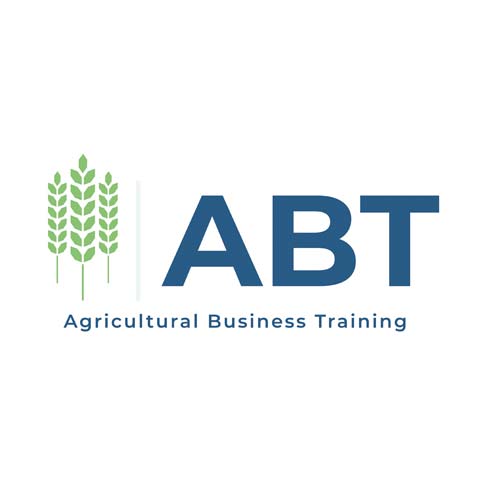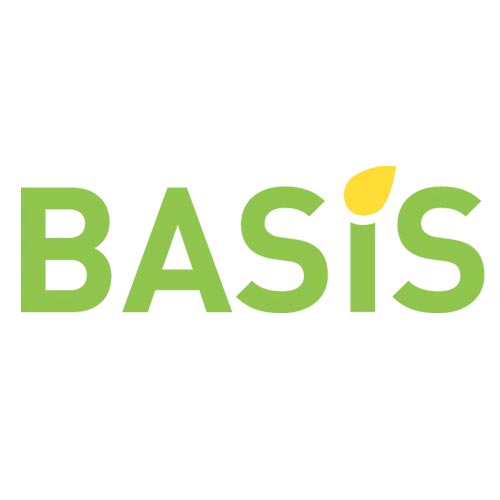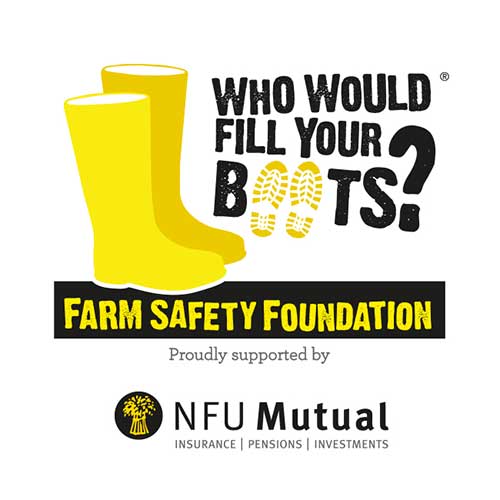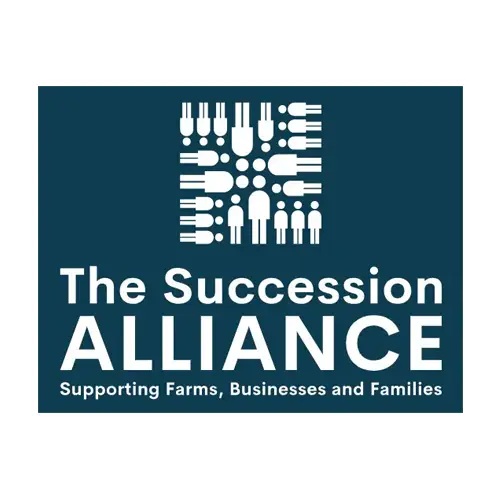A managers guide to resolving team conflict
19 March: Site maintenance at 16:00 GMT today - if you are logged in at this time you will be logged out briefly.

A managers guide to resolving team conflict
A managers guide to resolving team conflict
Learn why conflict happens and how to turn workplace disagreements into opportunities for constructive dialogue, change, and new understanding with this online training course.

Aims
By the end of this online training, you'll be able to:
- List causes of conflict and preventative tips to reduce or eliminate conflict
- Reflect on your approach to conflict
- Explain five common ways in which people deal with conflict and when each way is appropriate and not appropriate to use
- Understand how your employees deal with conflict
- Explain what's involved in the role of a mediator, how to prepare for mediation, and six steps to mediate conflicts between employees successfully
- Identify what workplace bullying is, the signs to look for, and what steps to take if you find out that an employee is bullying others in your team
- Give examples of how to respond when an employee's anger is directed toward you
Try our sample module FREE
Simply fill in the short form here, and you can try some of our award-winning learning content, taken straight out of the Managers guide to resolving team conflict Learning Path.
Of course, members can access the whole Learning Path, save their progress and receive a certificate, helping them evidence this and their other learning accomplishments in one place.
To access the award-winning Learning Hub, with bespoke learning recommendations - including the rest of this Learning Path, become a member today.
Overview
You’d love for your employees to always get along. But the reality is that disagreements happen when you bring together people with different personalities, opinions, and values.
As a manager, you need to keep an eye on potential conflicts between employees and help them resolve issues effectively. Otherwise, your team’s morale, productivity, and communication may take a hit.
This online training course can help you identify issues in your team before they develop further - and handle conflict effectively when they do.
How this relates to the Capability Framework
The learning objectives in this online training relate to the capabilities inside the Leadership area of our Capability Framework.



















